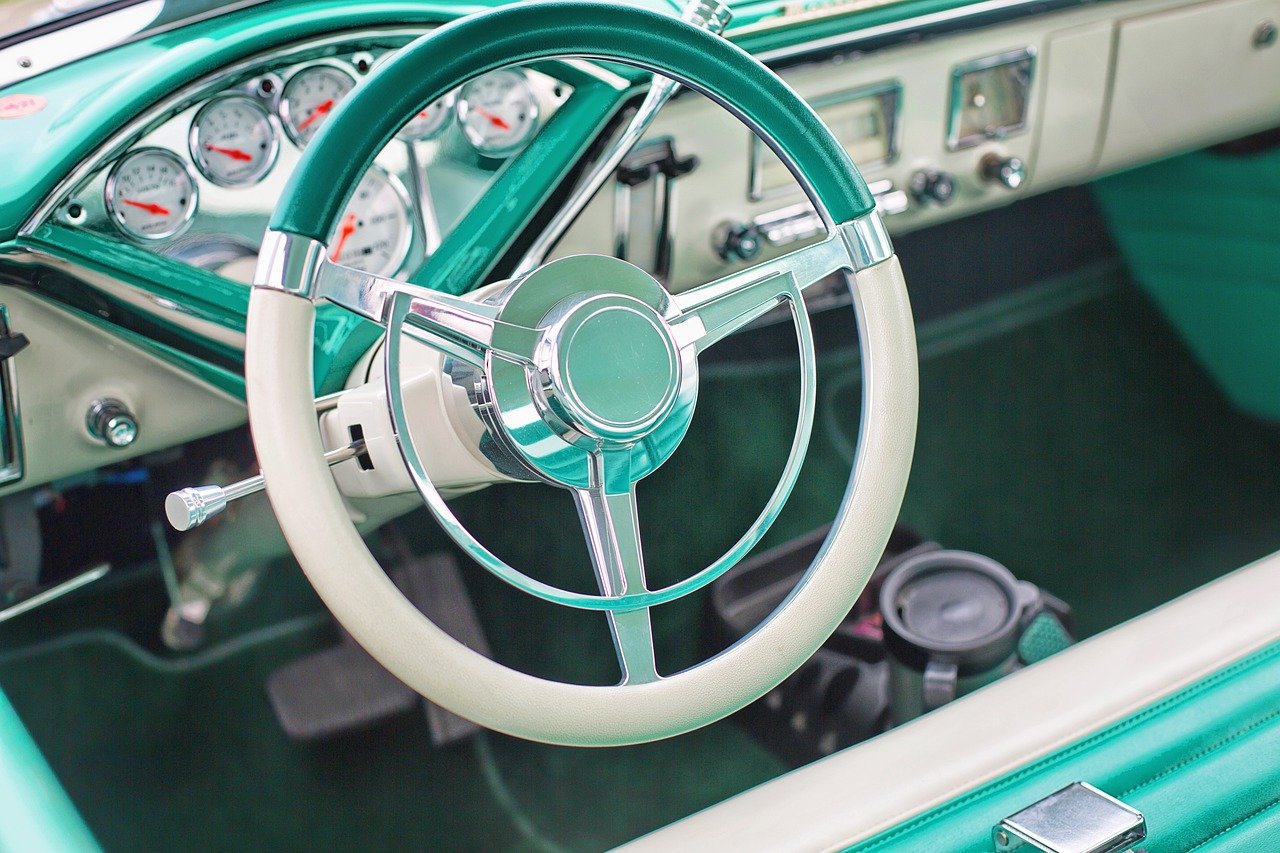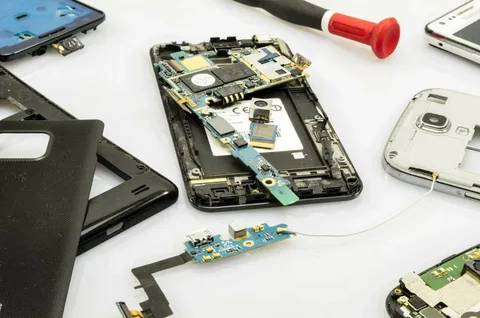Introduction
Hatchbacks have been a staple in the automotive world for decades, offering drivers a practical and versatile option with the compact design of a sedan and the cargo space of a small SUV. Over the years, hatchback reliability has evolved considerably, driven by technological advancements, rigorous testing, and an increased focus on durability. This evolution has led to vehicles that can handle long-term wear and tear while delivering improved performance, safety, and efficiency. Manufacturers, from budget-friendly brands to luxury automakers like BMW, have all contributed to the development of more reliable hatchbacks. In this content, we will explore the evolution of hatchback reliability and how manufacturers, with a particular focus on BMW specs, have improved the durability of these vehicles over the years.
The Early Days of Hatchbacks: Simplicity Meets Functionality
The first hatchbacks emerged in the 1960s and 1970s, designed as practical vehicles that combined the benefits of a small car with additional cargo space. Models like the Renault 4 and the Mini were early examples, known for their compact size and utility. However, while these early hatchbacks were revolutionary in terms of design, their reliability was often called into question.
In the early days, hatchbacks were built with basic mechanical systems, and frequent breakdowns were common. Issues such as engine overheating, rust, and wear on transmission components plagued many early models. At this stage, manufacturers were still experimenting with the balance between form and function, and durability took a back seat.
The 1980s and 1990s: Hatchbacks Become Mainstream
By the 1980s and 1990s, hatchbacks had become a popular choice for consumers seeking an affordable, fuel-efficient, and practical vehicle. Iconic models like the Volkswagen Golf, Honda Civic, and Ford Fiesta became household names. During this period, manufacturers began to pay more attention to improving the reliability and durability of their hatchback offerings.
The introduction of fuel injection systems, better materials for body panels, and more robust braking systems helped reduce the number of mechanical failures and increased the overall longevity of hatchbacks. Manufacturers also began using galvanized steel to combat rust, a major issue in the early days. These advancements laid the groundwork for the modern hatchback and addressed some of the primary concerns consumers had regarding long-term reliability.
2000s: Technology and Innovation Drive Reliability
As the automotive industry entered the 21st century, the focus on hatchback reliability intensified. New technologies and innovations revolutionized the way manufacturers designed and built their vehicles. Advanced manufacturing techniques, such as laser welding and high-strength steel, helped produce more robust and durable vehicles.
The introduction of electronic stability control (ESC), anti-lock braking systems (ABS), and improved suspension systems made hatchbacks safer and more reliable on the road. Engines became more efficient and reliable thanks to advancements like turbocharging, direct fuel injection, and variable valve timing.
BMW Enters the Hatchback Market: A Focus on Luxury and Durability
During the 2000s, luxury automakers like BMW began to recognize the growing demand for high-performance, reliable hatchbacks. Enter the BMW 1 Series, launched in 2004, which marked BMW’s first foray into the hatchback market. This vehicle offered the premium features BMW was known for, combined with the practicality of a hatchback. However, BMW didn’t just focus on luxury – the company placed a strong emphasis on reliability and durability to compete in the hatchback segment.
BMW’s engineers worked meticulously to ensure the 1 Series met the company’s stringent durability standards. The use of high-quality materials, advanced suspension systems, and powerful, yet efficient, engines helped set the BMW 1 Series apart from its competitors. With BMW specs such as rear-wheel drive (a rarity in hatchbacks), the car offered not only performance but also long-term durability due to its robust construction.
The introduction of BMW’s TwinPower Turbo engines in the 2010s further enhanced the reliability of its hatchbacks. These engines were designed to deliver maximum power with minimal wear on internal components, reducing the likelihood of mechanical failure. Additionally, BMW’s advanced cooling systems ensured that the engines could operate efficiently in a variety of conditions, increasing overall durability.
2010s: The Rise of Hybrid and Electric Hatchbacks
The 2010s marked a new era for hatchbacks, as hybrid and electric vehicles (EVs) gained popularity. Manufacturers began investing heavily in alternative powertrains to meet stricter emissions standards and the growing demand for eco-friendly vehicles. Hatchbacks like the Toyota Prius and the Nissan Leaf became household names, offering consumers reliable, fuel-efficient options that also reduced their carbon footprint.
One of the key factors in improving the reliability of hybrid and electric hatchbacks was the development of more durable batteries. In the early days of hybrids, battery reliability was a significant concern, with many consumers worried about the long-term viability of these vehicles. However, advancements in lithium-ion battery technology and better thermal management systems helped extend battery life and improve overall reliability.
Luxury brands like BMW also entered the hybrid and electric hatchback market with models like the BMW i3, launched in 2013. The i3 was a game-changer in terms of design, performance, and durability. Built with a carbon fiber-reinforced plastic (CFRP) body, the i3 was lightweight yet incredibly strong, enhancing both performance and long-term reliability. BMW’s expertise in engineering durable vehicles carried over to its electric offerings, making the i3 one of the most reliable EV hatchbacks available at the time.
Current Day: Hatchbacks with Longevity and Reliability at Their Core
Today, hatchbacks are more reliable than ever, thanks to decades of innovation and improvements in automotive technology. Manufacturers have refined their production processes, materials, and testing procedures to ensure that modern hatchbacks are built to last. Features such as adaptive cruise control, lane-keeping assist, and autonomous emergency braking are now common, improving both safety and reliability.
BMW continues to push the boundaries of hatchback durability with its BMW specs in models like the latest 1 Series and the electric i3. The use of lightweight materials, advanced engines, and cutting-edge technology ensures that BMW hatchbacks remain at the forefront of reliability. BMW’s attention to detail in manufacturing, including rigorous testing and quality control measures, further cements its position as a leader in the hatchback market.
One of the standout BMW specs is the company’s focus on ConnectedDrive, a suite of digital services that not only enhances the driving experience but also contributes to the vehicle’s longevity. Through over-the-air software updates, BMW hatchbacks can receive enhancements that improve performance and reliability without the need for costly repairs or upgrades.
Conclusion: The Future of Hatchback Reliability
As we look to the future, the evolution of hatchback reliability shows no signs of slowing down. The automotive industry is moving toward even more advanced technologies, such as autonomous driving, which will further enhance the safety and durability of hatchbacks. Electric powertrains will continue to improve, offering longer-lasting batteries and more efficient motors that require less maintenance.
Manufacturers like BMW will continue to play a crucial role in shaping the future of most reliable hatchback. With their commitment to engineering excellence and the use of cutting-edge materials, BMW hatchbacks are poised to remain some of the most reliable vehicles on the road for years to come. As consumer expectations for durability, performance, and efficiency continue to rise, the hatchback segment will evolve to meet these demands, ensuring that this beloved vehicle type remains a top choice for drivers worldwide.
The evolution of hatchback reliability reflects the automotive industry’s dedication to improving vehicle longevity and performance. From the early days of mechanical simplicity to today’s technologically advanced models, hatchbacks have come a long way, offering drivers a reliable, durable option for every journey.



